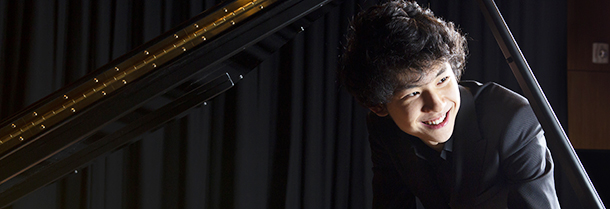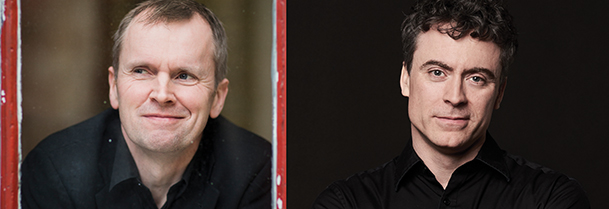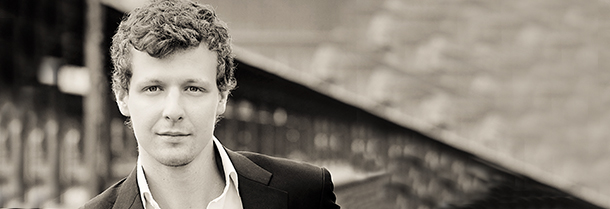Tag: Igor Stravinsky
-

-

PROGRAM NOTES: TONY SIQI YUN
Johann Sebastian Bach Chaconne in D minor BWV 1004 (arr. Busoni) The 19th century witnessed a revival of interest in the music of Johann Sebastian Bach. But the sound world of the 19th century with its new spacious concert halls and louder, more powerful instruments (played by ego-driven virtuoso performers) flourished at some remove from…
-

PROGRAM NOTES: STEVEN OSBORNE AND PAUL LEWIS
Gabriel Fauré Dolly Suite Op. 56 In the 1890s Gabriel Fauré would often compose or revise small pieces for the infant daughter of his mistress Emma Bardac (1862-1934). These affectionate pieces celebrated a birthday, a pet, or a special person in the life of the young Regina-Hélène, known in the family as “Dolly,” and six…
-

PROGRAM NOTES: ISTVÁN VÁRDAI
Felix Mendelssohn Variations Concertantes Op. 17 Felix was not the only musician in the Mendelssohn family. His older sister Fanny Mendelssohn Hensel (1805-1847) was a prodigiously talented pianist and composer, although she chose marriage over a public career, and his younger brother Paul Mendelssohn (1812-1874) was no slouch as a cellist, to judge by the…

